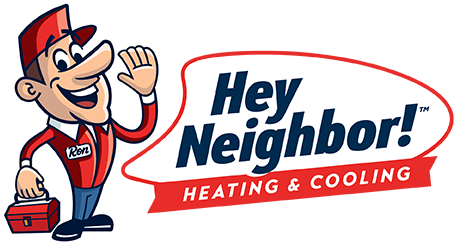With winter lurking right around the corner, we thought now would be a great time to provide information about the various types of residential central heating systems and the pros and cons of each type, to help you make a well-informed decision. Also, now is the best time to schedule service, maintenance tune-ups, and new furnace installations… you know, before your current obsolete unit lets you down when the weather gets chilly!
With energy bills increasing frequently, as well as the high cost of installing central heating from scratch, it is critical that you carefully consider the different systems available. Although there are plenty of ways to save money on the required components and their installation, what is more, important is the cost of running the system. After all, energy efficiency should be the No. 1 priority both for the sake of both the environment and your wallet.
Gas
The most common systems are those that burn natural gas, which is widely available and tends to provide a relatively cost-effective solution. These systems use a gas-burning boiler that heats water for the radiators. Gas boilers are typically about 90 percent efficient, and provided your home is connected to the gas grid, you also won’t need to worry about installing a tank to store fuel. However, properties off the grid typically use LPG or heating oil, which needs to be stored locally in a suitable tank.
Oil
For homes that aren’t connected to the gas mains, oil heating tends to be the most popular option due to its relatively low operating cost. However, you will also need an above-ground or underground tank, and these tanks can be extremely costly. Regarding running costs, oil is much the same as gas, although initial installation costs are much higher due to the necessity of storing the fuel locally. Like gas boilers, oil-burning boilers need to be serviced annually to ensure safe and optimal operation.
Electric
Since virtually every home is connected to the electrical grid, an electric central heating system might seem like the obvious alternative. Storage heaters require minimal maintenance, and they are far cheaper and less complicated to install than any other central heating system since no pipe work or fuel storage is needed. However, the running costs, at about three to four times high than gas or oil, usually render electric central heating a costly option in the longer term.
Solid Fuels
Solid fuels have been used for thousands of years for heating, and with rapidly rising energy bills, they are now making a significant comeback. However, solid fuels, which typically come in the form of coal, logs, biomass or wood pellets, are far cheaper than almost any other fuel available. Although installation costs for a modern solid-fuel central heating system can be high, modern systems feature automatic fuel feeders, and in some cases, combination gas and solid-fuel boilers.
Renewable
There are various ways to generate your own energy at home to such an extent that energy bills might even become a thing of the past. However, though truly sustainable and cost-effective in the longer term, a central heating system that relies solely on free, renewable resources such as wind and sun is rarely practical and often prohibitively expensive. For these reasons, a biomass boiler is usually a preferable alternative for those who prioritize huge long-term energy savings.
Whether you’re putting central heating into a property that doesn’t already have it or you’re upgrading an existing system, it is essential to take a long-term view. After all, global energy prices are likely only to increase in the longer term. Homeowners will soon have to consider other options rather than succumb to the eye-watering energy rate increases of recent years.


Comments are closed